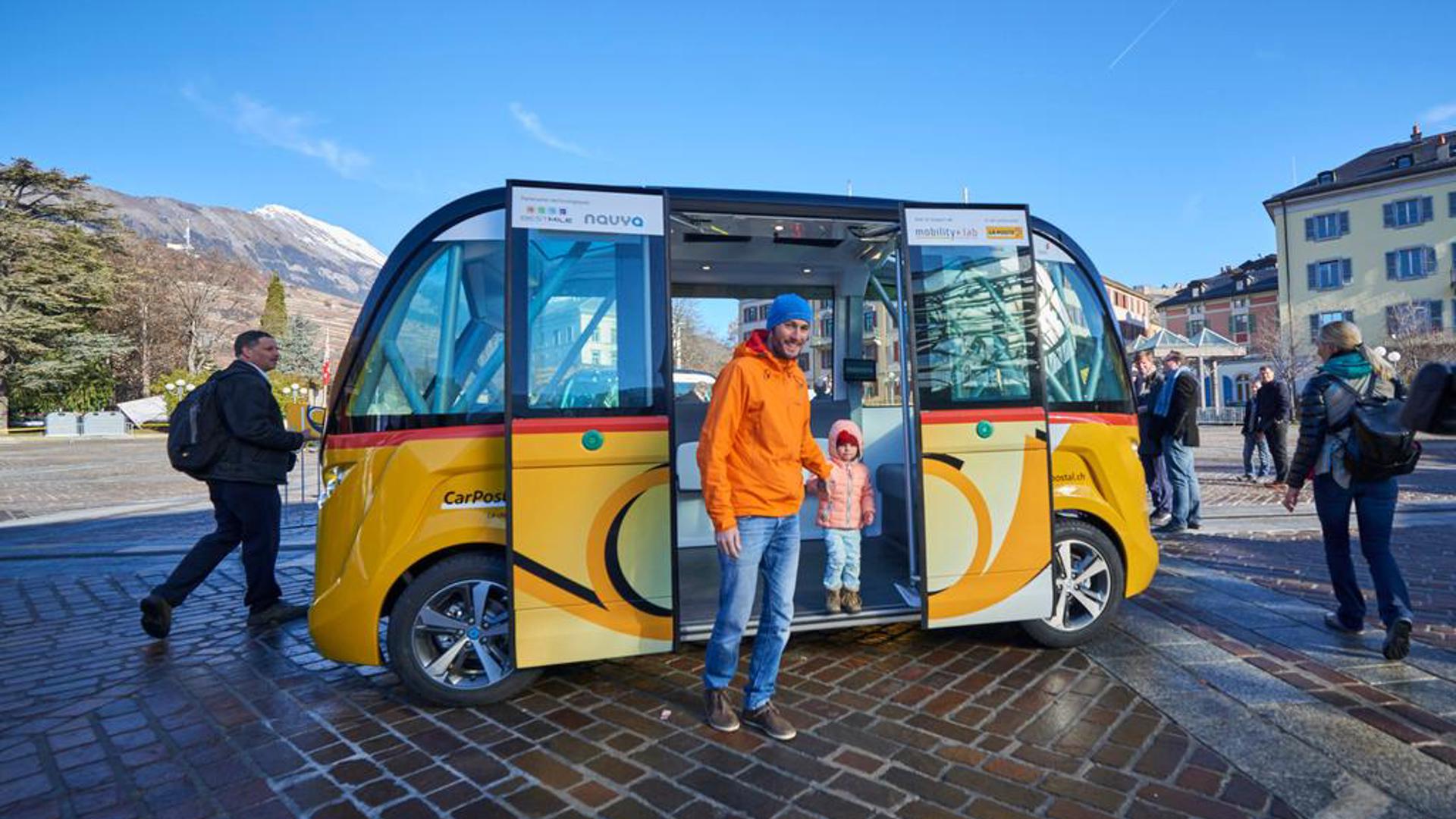Back in 1908, Henry Ford unveiled the Model T. It wasn’t the first mass-produced car, but after he adopted numerous cost-cutting strategies, he was able to bring its price down so many people could afford it.
He eventually sold 15 million copies, effectively putting the whole nation on wheels with people turning from horse-drawn carriages to horseless ones. And now, more than a century later, we’re on the cusp of another transformation, as automakers work on electric vehicles (EVs) and on self-driving autonomous ones.
Of course, even when the Model T dropped as low as $260, not everyone could afford to buy a new car. That’s still the case, no matter how low the automakers set their “easy bi-monthly payments.” But as we move toward electric and autonomous vehicles, how many people risk being left behind and in a number of ways?
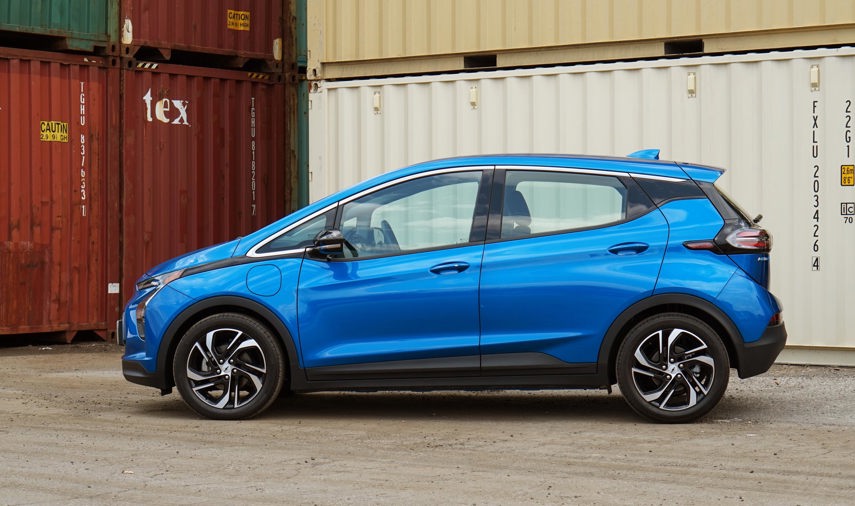
Canada’s least-expensive EV has a price of almost $37,500 before taxes and fees. Even if that’s lowered with available incentives from the government, many gasoline vehicles cost much less.
EVs will eventually come down in price with volume production, but they’re still at the chicken-and-egg stage: many people aren’t buying them because they’re too expensive, and they’re too expensive because not enough people are buying them. Some automakers are joining forces to help share the cost of development and parts, but we’re a long way from EVs being a lower-cost vehicle choice.
Resale value is also going to play a role, because battery longevity is still a wildcard. That residual value is often an important purchase consideration, and some may shy away if their new EV will have a smaller return at trade-in time. A lower resale value will make it easier to afford a used EV, but if the battery does become problematic as it ages, it could overwhelm an owner with repair costs.
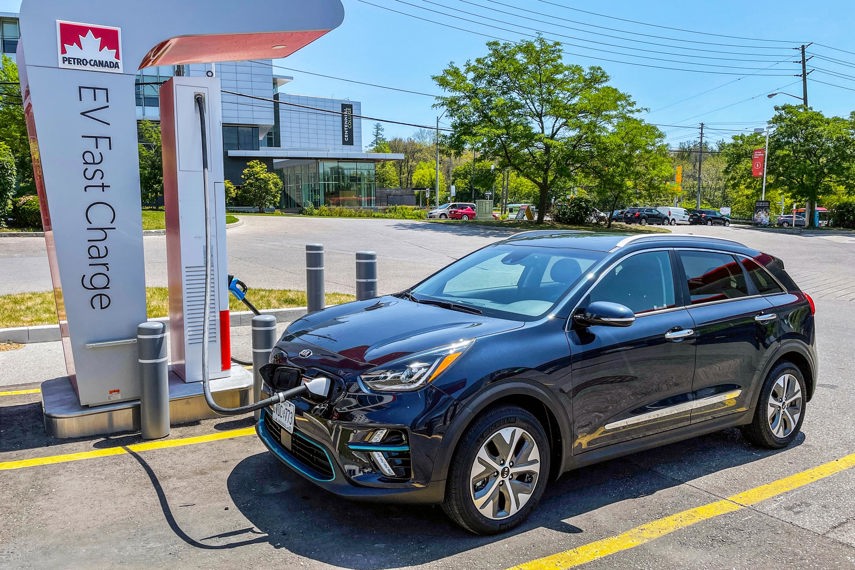
Some people also risk being left behind because of where they live. Lack of public charging infrastructure is an issue, but many people charge at home when the car’s sitting anyway. To do that, you need a plug – mostly available to people in single-family dwellings with driveways, or new condos built with chargers. People who must street-park or who live in older apartment buildings, don’t have that luxury. Charging at work might be an option for some, but not all businesses will have sufficient facilities either.
Along with EVs, companies are also working on autonomous vehicles. They promise a world where we’ll all sit back and enjoy the ride, but there will be a social cost to this added convenience for some.
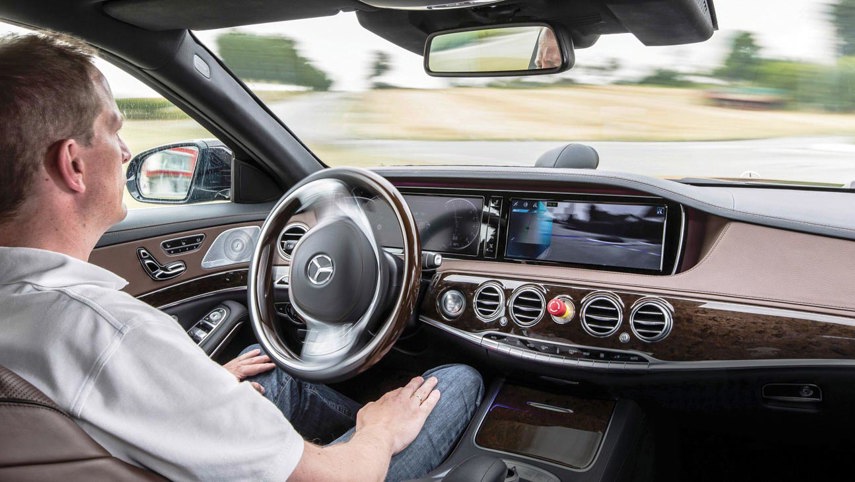
Autonomous vehicles have the potential to speed up some traffic, since, in theory, they’ll be able to drive faster and closer together without crashing. Shared ownership could keep them in motion longer each day, since most vehicles spend the vast majority of their time parked and taking up valuable space.
But even if cars drive themselves, it’s likely one thing won’t change: Most trips in privately owned autonomous vehicles will involve just one occupant. They’ll still be just as inefficient for people-moving and gridlock will still exist. Autonomous ride-hailing vehicles will be even worse, just as ones with drivers are now, with every paid trip prefaced by a wasteful empty one as the car travels to its customer.
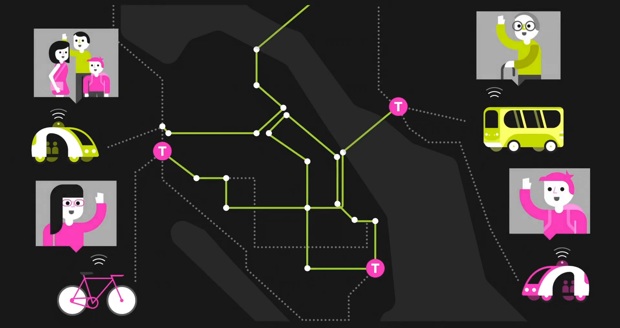
A truly “green” transportation grid, using the least number of resources, is inherently an inconvenient one that’s built primarily around public mass transit, not point-to-point trips.
When quitting time comes, workers get shuttled with other co-workers to a station, and board a commuter train. At the other end, another shuttle fills with riders all going to the same neighbourhood stop. From there, these commuters use what’s known as “last-mile” transportation, which could include carpooling, riding a bicycle or scooter, or walking home.
That’s in theory. But as long as we have urban sprawl, Canadian winters, and people with money for private-vehicle ownership, it’s not going to happen.

Of course, many lower-income people are already used to it. They ride buses for hours each day because they can’t afford to live in the areas where they work. If they do have a car, it might be held together with duct tape and hope that it’ll make it through to next week. And as the industry races forward to electrification and autonomy, they’ll be the ones left even farther behind.
